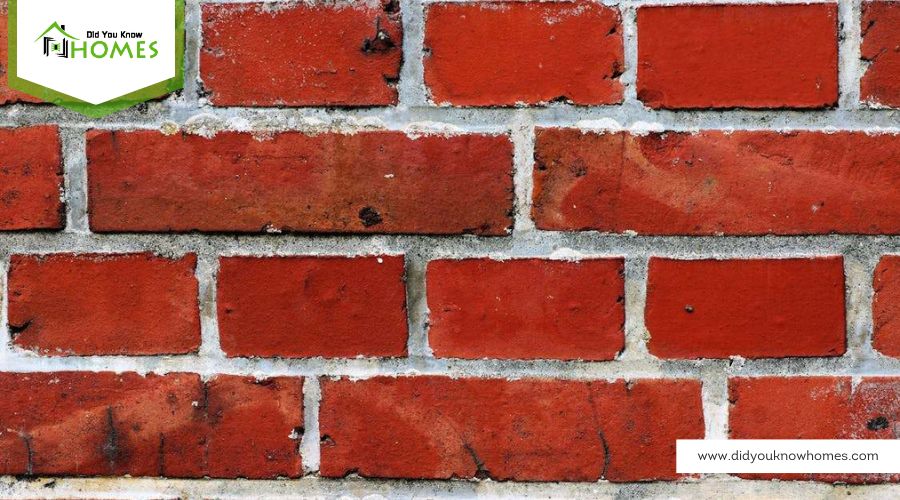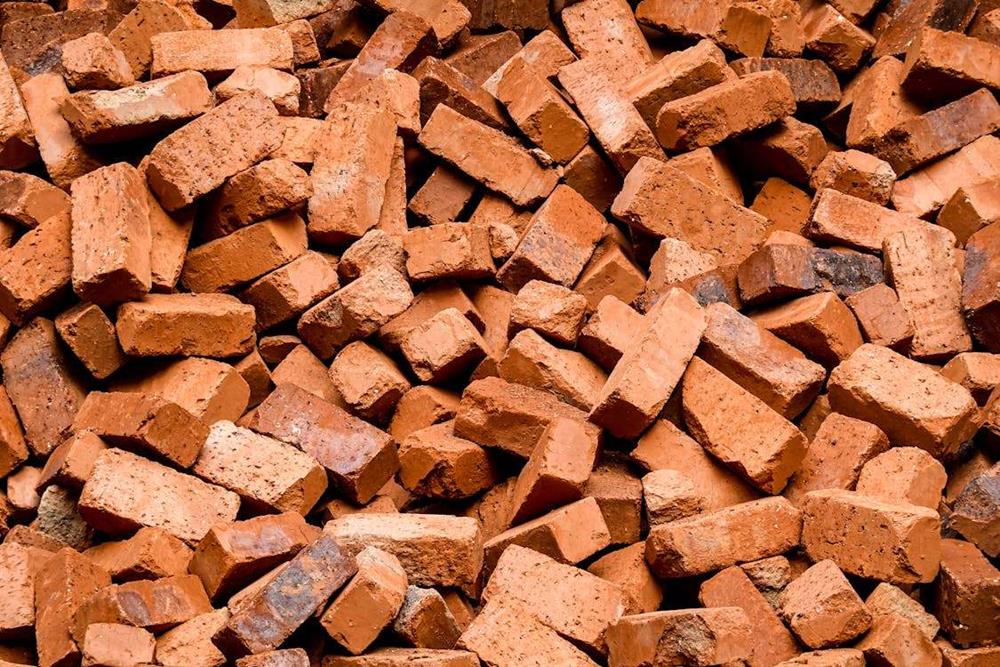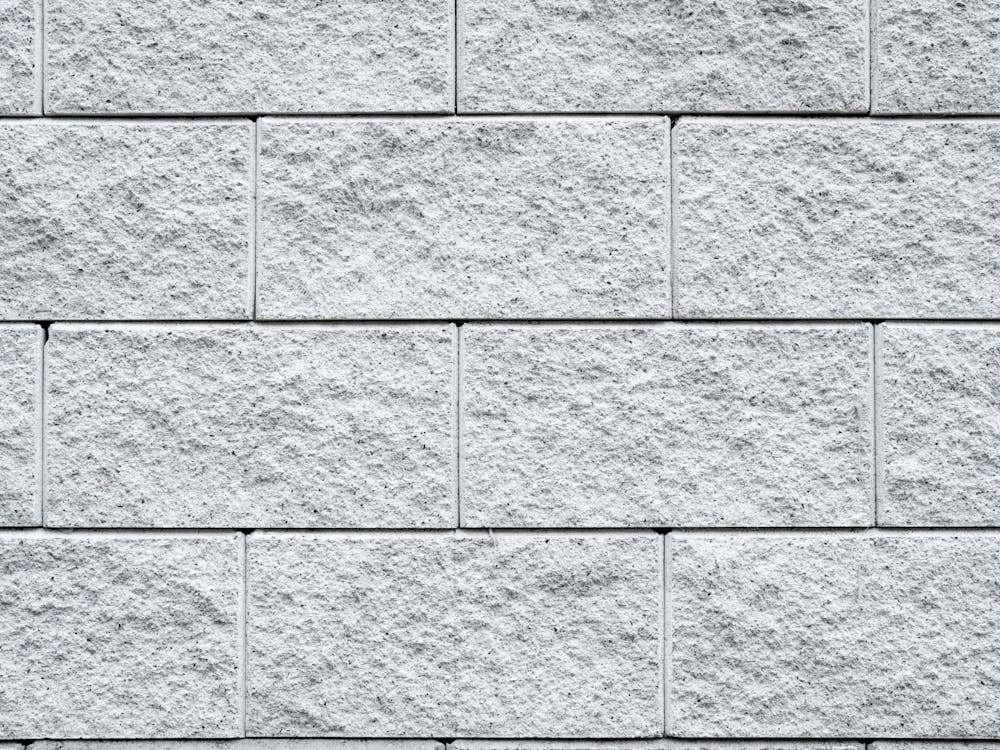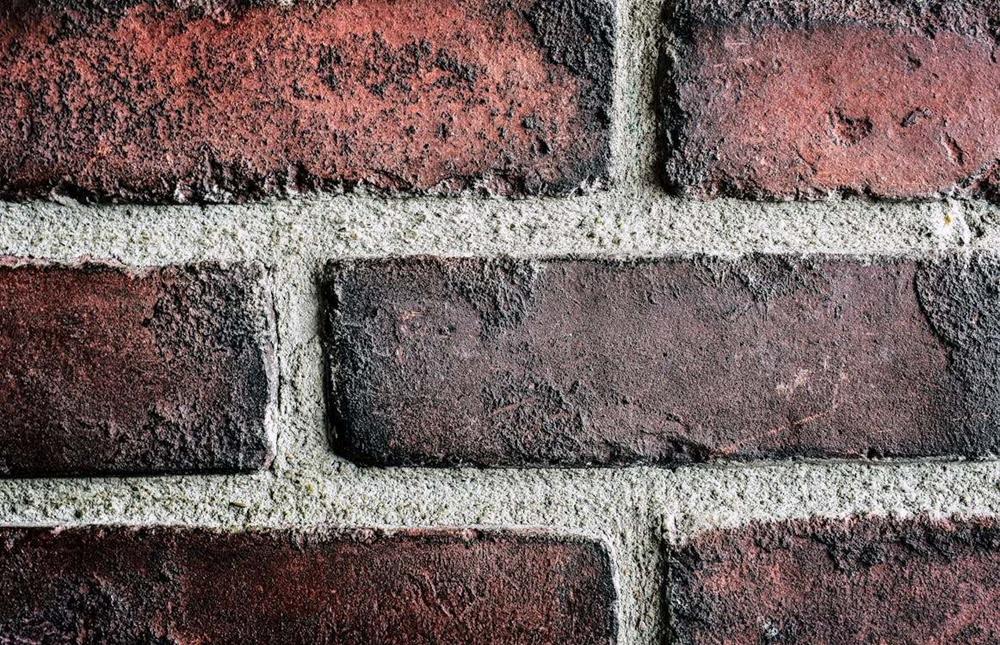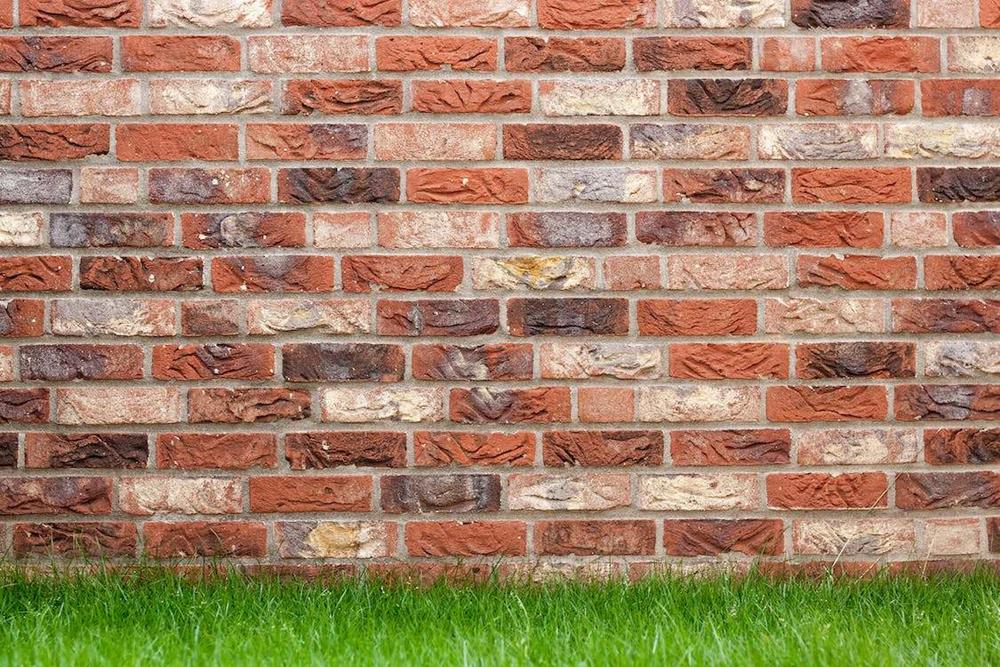Bricks have been a fundamental building material for thousands of years, with their use in home construction offering durability, aesthetic appeal, and energy efficiency. Over time, the variety of bricks available to builders and homeowners has expanded significantly, each type suited to different climates, styles, and structural needs. This article introduces the diverse range of bricks used in home construction, highlighting their unique characteristics and applications.
Types of Bricks by Material
As the primary material in brick manufacturing has evolved, so have the types of bricks available on the market. Here’s a closer look at the various types of bricks categorized by the materials they are made from, each serving specific purposes in construction projects.
Clay Bricks
Clay bricks are one of the oldest and most traditional types of bricks used in construction. Made from fired clay, these bricks come in a range of natural, earthy colors and are known for their durability and excellent thermal insulation properties. Clay bricks are often used in both structural and non-structural applications, providing a timeless appearance to any home.
Sand Lime Bricks
Also known as calcium silicate bricks, sand lime bricks are made by mixing sand, lime, and water, followed by a chemical process during wet mixing. The mixture is then molded and cured under pressure and steam. These bricks offer a smooth, uniform finish that is ideal for both load-bearing and ornamental uses. They are stronger and more uniform than traditional clay bricks but also more moisture-resistant.
Fly Ash Bricks
Fly ash bricks are a sustainable building material made from fly ash, water, quicklime or lime sludge, cement, and gypsum. They are known for their high strength, low water absorption, and environmental benefits, as they utilize waste materials from coal combustion in power plants. Fly ash bricks are lighter than traditional bricks, making them easier to handle and reducing the load on the structure.
Concrete Bricks
Concrete bricks are a versatile and modern choice for home construction. They are made from a mixture of cement, sand, water, and possibly aggregates. Available in a wide range of colors and finishes, concrete bricks are typically used for facades and fences due to their aesthetic versatility and strength. They are also known for their sound insulation qualities.
Firebricks
Firebricks, also known as refractory bricks, are designed to withstand high temperatures, making them ideal for use in fireplaces, furnaces, and kilns. These bricks are made from fire clay, which contains alumina and silica, materials that increase their heat tolerance. Their ability to maintain high temperatures without melting or cracking makes them a crucial component in constructions requiring fire resistance.
Engineering Bricks
Engineering bricks are a type of brick used primarily for their strength and durability, rather than their aesthetic appeal. These bricks are manufactured at extremely high temperatures, resulting in a denser and more robust brick that is ideal for use in civil engineering projects and structures requiring high levels of load-bearing capacity. They are known for their low porosity, which makes them highly resistant to moisture and frost damage. This characteristic makes engineering bricks a popular choice for foundations, sewers, manholes, and retaining walls, where strength and resistance to harsh conditions are paramount.
Types of Bricks by their Shape
In addition to the variety of materials from which bricks are made, their shapes also play a pivotal role in construction, affecting everything from the architectural style to the structural integrity of a building. The shape of a brick can determine its suitability for certain applications, enhancing both functionality and aesthetic appeal. Here are some common types of bricks classified by their shape:
- Standard Bricks: These are the most commonly used bricks in construction, with a traditional rectangular shape. They are used for a wide range of applications, from building walls to paving.
- Bullnose Bricks: Characterized by their rounded edges, bullnose bricks are often used for corners, steps, and other features where a soft, rounded edge is desirable for both safety and aesthetics.
- Hollow Bricks: These bricks have one or more holes through their body to reduce weight, improve insulation, and decrease the amount of material needed. They are commonly used in non-load-bearing walls.
- Paving Bricks: Specifically designed for laying pavements, these bricks have a higher resistance to wear and tear and are often thicker than standard bricks to accommodate heavy foot traffic.
- Perforated Bricks: Similar to hollow bricks, perforated bricks have small holes throughout, allowing for better insulation and reduced weight without sacrificing strength. They’re used in both load-bearing and non-load-bearing walls for improved thermal performance.
- Coping Bricks: Used for capping the tops of walls, coping bricks are designed to prevent water ingress. They come in various shapes, including saddleback and bullnose, to effectively channel water away from the wall.
- Specially Shaped Bricks: These bricks are customized for specific projects or design requirements, including curved bricks for arches, angular bricks for zigzag patterns, and many other unique forms. They provide architects and builders with creative freedom to achieve distinct architectural features.
Whether it’s achieving a particular look, meeting structural requirements, or ensuring durability, the shape of the brick is just as important as its material composition.
The Benefits of Brick Construction
Brick construction is a time-honored method that has been utilized for centuries thanks to its durability and aesthetic versatility. The enduring popularity of brick as a building material is no accident; it offers a range of benefits that make it an appealing choice for both residential and commercial structures. Here are some of the key advantages of opting for brick construction:
- Durability and Strength: Bricks are incredibly strong and can withstand severe weather conditions, including heavy rain, strong winds, and extreme temperatures, making buildings long-lasting and less prone to damage.
- Low Maintenance: Brick buildings require minimal upkeep compared to other materials. Bricks don’t need painting, sealing, or staining and retain their color and finish for decades, significantly reducing long-term maintenance costs.
- Energy Efficiency: Bricks have excellent thermal mass, meaning they store and release heat slowly, keeping homes cooler in the summer and warmer in the winter. This can lead to significant energy savings and a more comfortable living environment.
- Fire Resistance: Being non-combustible, bricks offer superior fire protection. They can help contain fires within a compartment, giving occupants more time to escape and reducing the spread of fire.
- Pest Resistance: Unlike wood, bricks are impervious to termites and other pests, reducing the risk of structural damage and the need for pest control.
- Acoustic Insulation: Brick walls significantly reduce sound transmission, providing a quieter and more peaceful indoor environment. This is particularly beneficial in densely populated areas or for buildings close to busy roads.
- Environmentally Friendly: Bricks are made from natural clay and shale, which are abundant resources. Moreover, their longevity and energy efficiency contribute to a lower environmental footprint over the lifespan of a building.
- Aesthetic Appeal: Bricks offer a timeless beauty with a wide range of colors, textures, and styles, allowing for versatile design options that can complement any architectural style.
- Increased Property Value: Due to their durability, low maintenance, and aesthetic appeal, brick buildings often enjoy higher property values and curb appeal, making them a sound investment for homeowners.
The benefits of brick construction are clear and varied, ranging from practical advantages like durability and low maintenance to aesthetic qualities that enhance a building’s appearance and value. These qualities have cemented brick’s status as a preferred building material for generations, and they continue to make it a top choice for modern construction projects.
Conclusion
From the enduring appeal of clay bricks to the innovative benefits of concrete and fly ash bricks, the choice of material, shape, and type plays a crucial role in the durability, energy efficiency, and overall look of a building. Choosing the right type of brick for your construction project can significantly impact the final outcome, making it essential to consider the specific characteristics and advantages of each option.
Additional Suggestions
- Some types of traditional bricks are sturdy and durable, while others are designed to make your house or building’s exterior look more appealing.
- Be sure to check out brick home builder Sydney and other options for brick homes.
- You can learn How to Start a Construction Business with templates.
- You may also be able to buy high-quality brick spacers online.
- Low-quality clay bricks are made from materials that were heavily burned. Hence they can also break easily.
- Engineering bricks, in certain situations, are used as a damp proof course brick.
- Here are some tips on how to build a railroad tie retaining wall that will last for several decades.
Click the link to learn everything about contractors bid bond.

